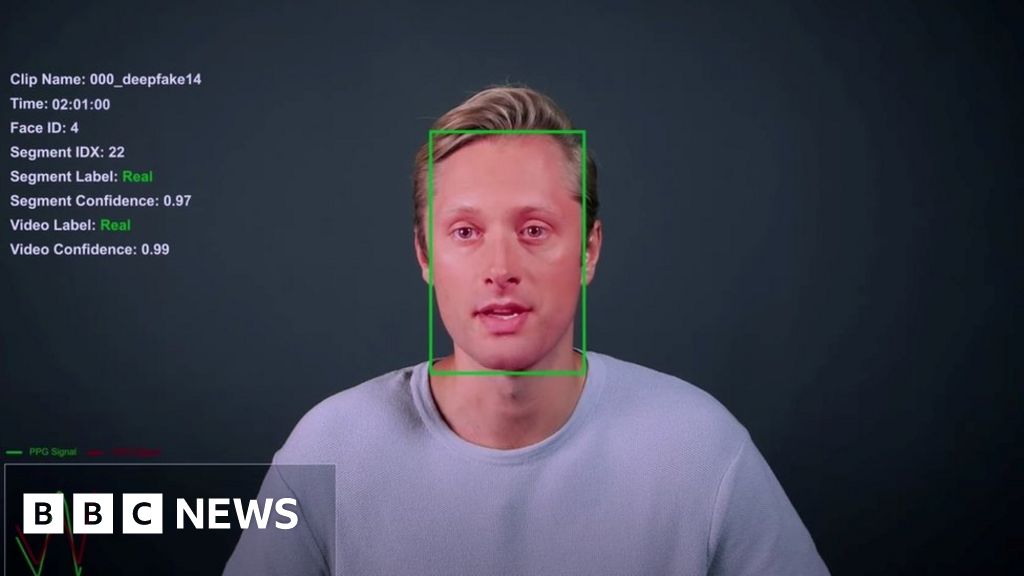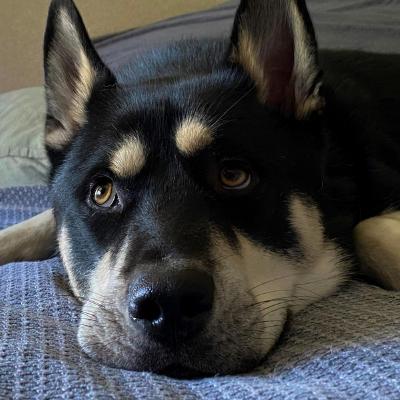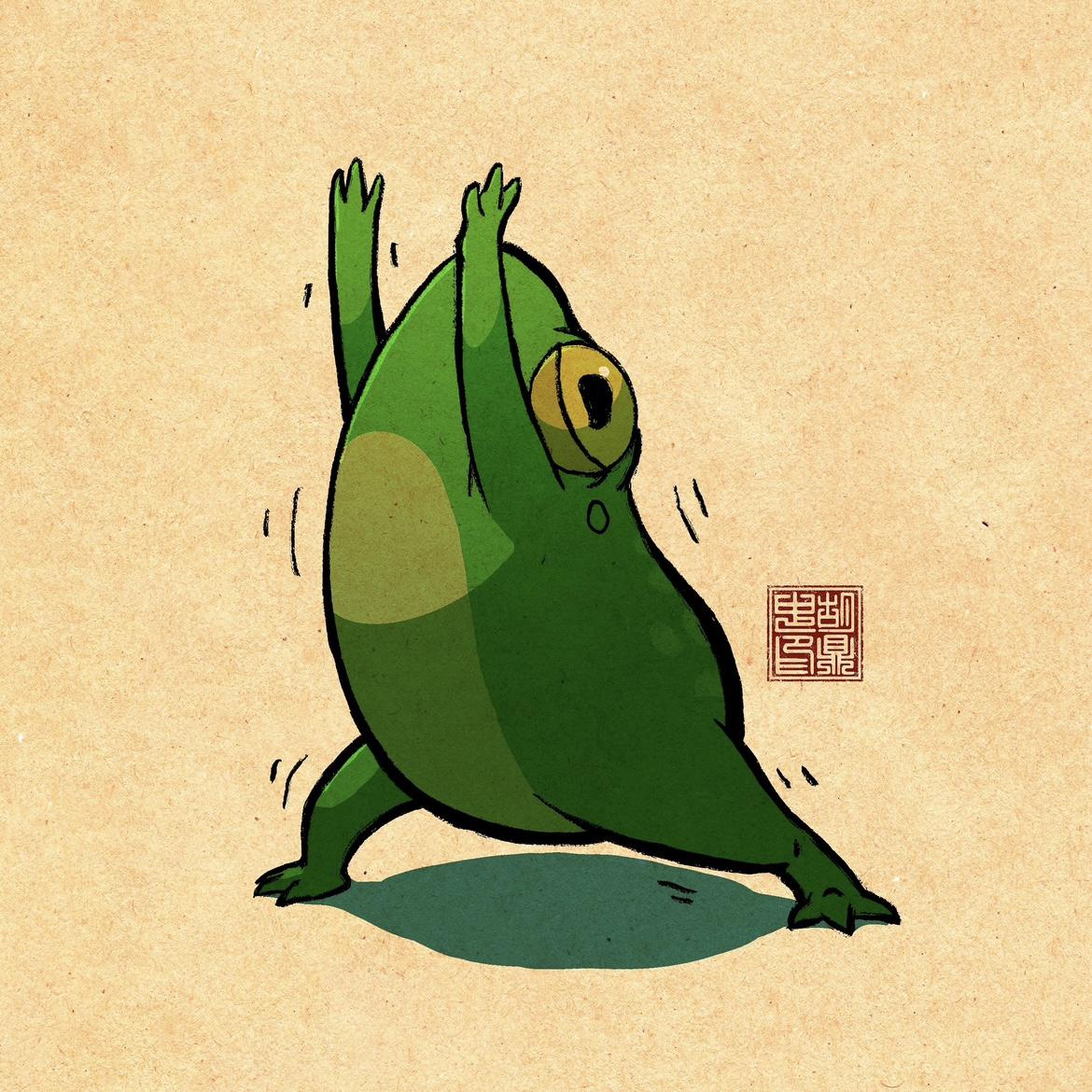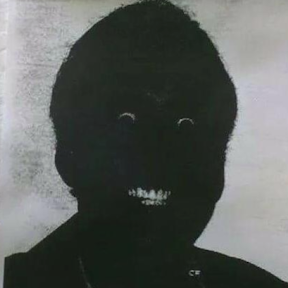- cross-posted to:
- [email protected]
- globalnews
- cross-posted to:
- [email protected]
- globalnews
Detecting real video as fake seems problematic where it might lead to apathy – folks just don’t believe any video anymore. Similar to Trump’s “everything is fake news” approach
Thus far these detectors kind of suck, both for deepfakes and AI generated text. They’re biased against non-native speakers and using them in a scholarly setting can result in punishing students that aren’t cheating.
The genie was let out of the bottle much too early.
I used to work in the field of image forensics a few years ago, right as the GAN technology was entering the scene. Even when it was just making 200x200 pixel faces, everyone in the industry was starting to panic. Everything we had at the time was based off of detecting inconsistencies in the pixel content, repeating structures that indicated copy/paste attacks, or looking for metadata inconsistencies
For pixel inconsistencies, you can look at how the jpeg image is encoded to look for blocks that aren’t encoded consistently. This paper coversDCT and some others. https://scholar.google.com/scholar?q=dct+image+forensics&hl=en&as_sdt=0&as_vis=1&oi=scholart#d=gs_qabs&t=1690073435801&u=%23p%3DKmFtRm3WpQ8J That’s just one example, but it’s ultimately looking for things like someone photoshopping a region out or patching something in.
Similarly, copy-move detection would look for “edges” and “intersections” in images and creating constellations of points, which you can use scale invariant transforms to look for duplicates. This article covers an example where North Korea tried to make their landing force look more impressive https://www.theguardian.com/world/2013/mar/27/north-korea-photoshop-hovercraft
The problem is that when the entire image is forged, there is no baseline to detect against. The whole thing is uniformly fake. So we’re back to the old “I can tell by looking at it” which is extremely imprecise and labor intensive. In fact, if you look at how GANs work, it’s trivial to embed any detector algorithm into the training process and make something that also defeats that detector.
As someone not in the industry this is fascinating!
To get an idea of how they work, this is a great tool for laymen https://29a.ch/photo-forensics/
Try uploading something from https://thispersondoesnotexist.com/ and see how badly it fails.
This seems like a very bad idea. I’m concerned that having a test might cause people to suspend their critical thinking responsibility and may have other issues like being inaccurate or causing deep fake tech to just leap frog over it - and then be able to benefit from fake authenticity measurements.
The problem is that yes, that could happen, but without a test we won’t be able to trust or believe anything soon.
This seems very close to owning the truth and could be a start to some very dark business.
Yup, if you think “Fox News truth” is a problem now, wait until there’s “Intel Truth” vs “AMD Truth”.
AI is the solution to everything. Even AI.
Seems shopped.






